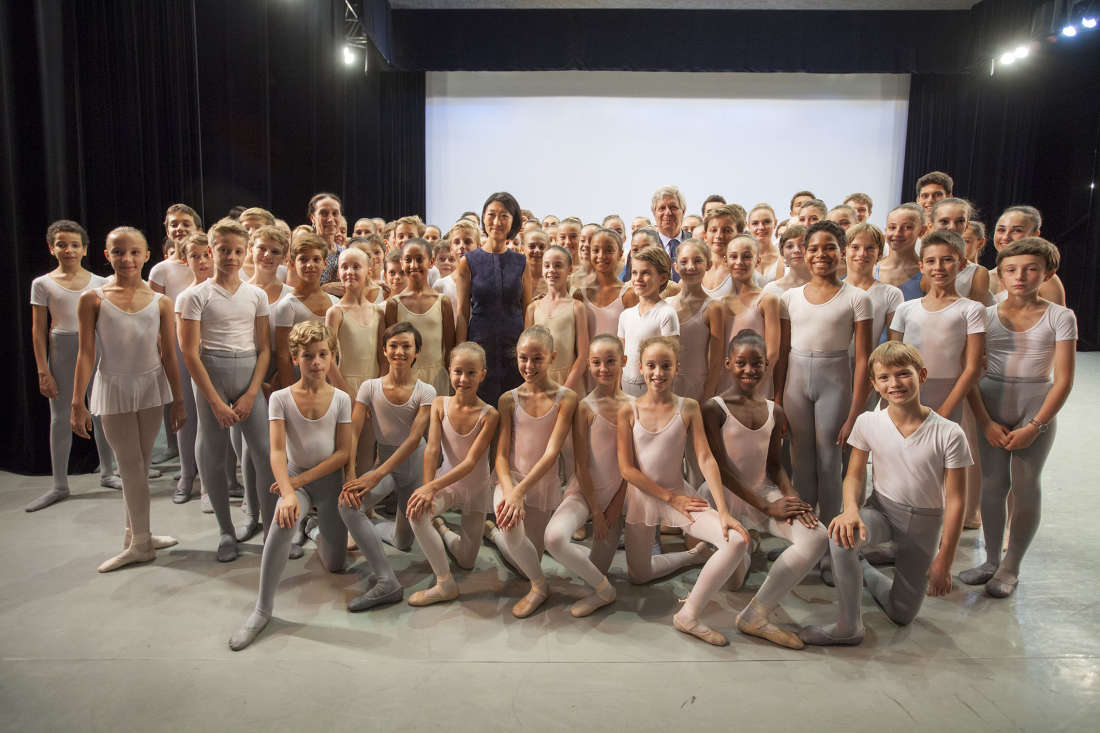History
The Paris Opera Ballet School is the oldest ballet school in the world. It was founded by King Louis XVI of France, in 1713 and has long since held the reputation of being one of the best ballet schools in the world.Initially located in Rue Saint-Nicaise, then the Palais Garnier the school is now located at Nanterre. Originally, only young adults would have been able to attend the school but in 1784, a special under twelves course was introduced when it was decided that to achieve maximum one had to receive more dance education.After the French Revolution, there were three 'tiers' to the school. Children start at the elementary school, which they attended until they are 13. The upper class until sixteen and after that the 'special class for improvements' foreshadowing the advanced class. Students could only remain a year in the upper class and two in the special class. Not all students were invited to the special class and it was an honor to be so. At eighteen all students had to leave to go and pursue their careers.
Now
Claude Bessy, director from 1972 to 2004, formed the school into what it is today. She moved the school to its present location in Nanterre and ensured that medical staff be in the school at all times to ensure physical preparation. They also feed into the Paris Opera Ballet Company and perform at the Palais Garnier.
